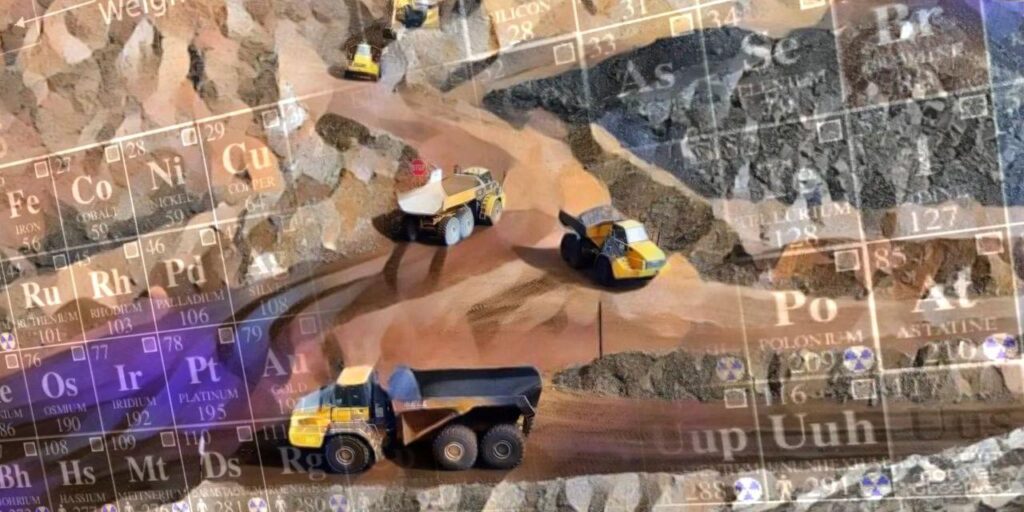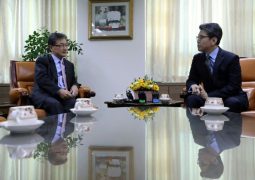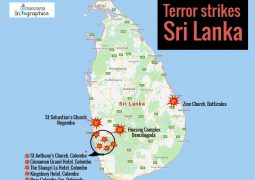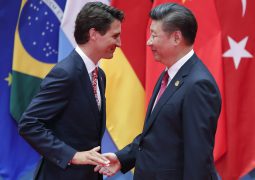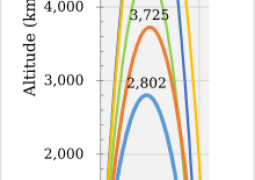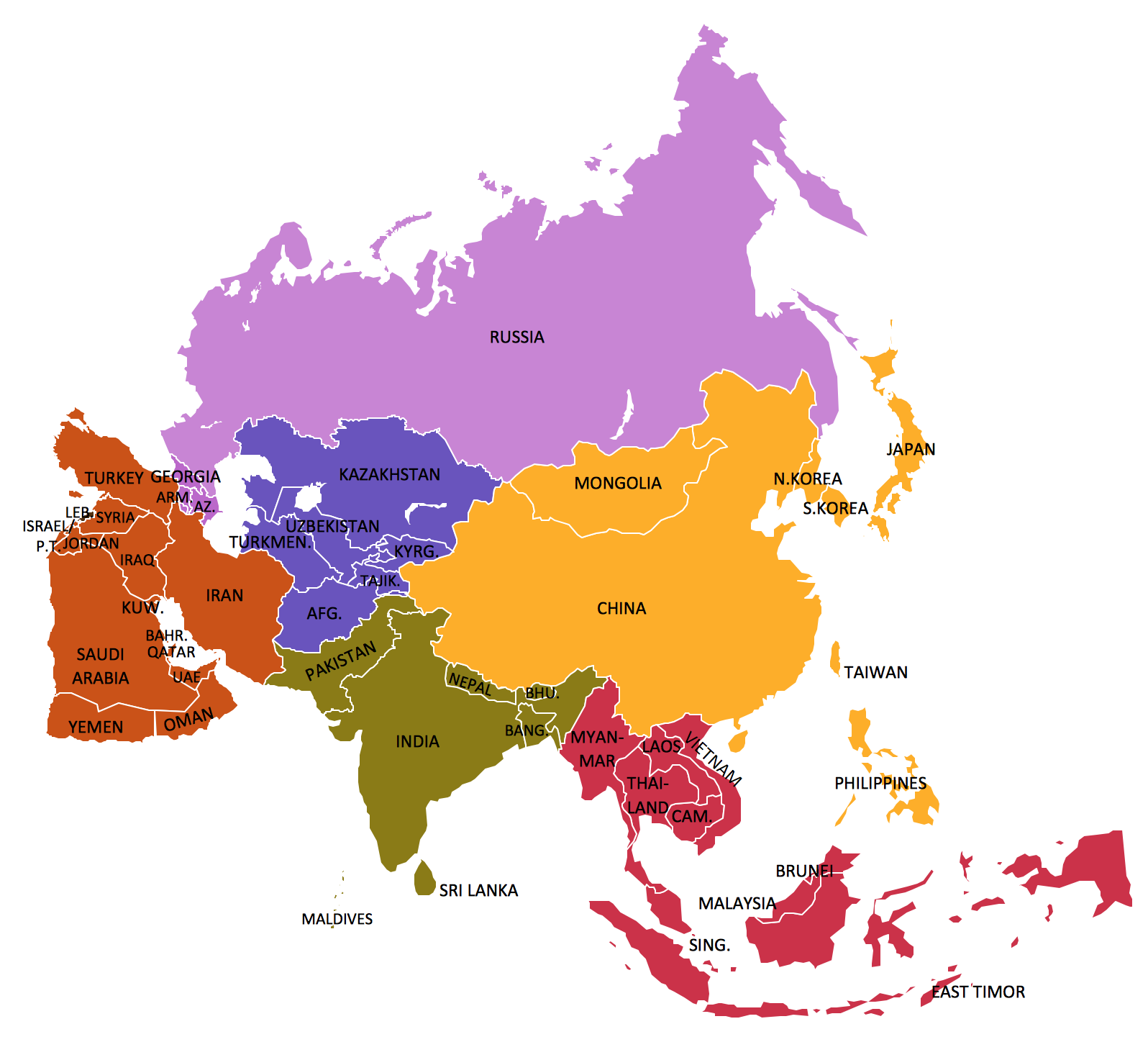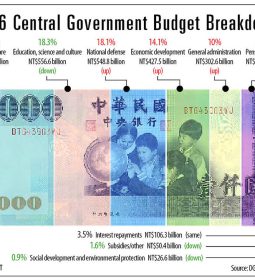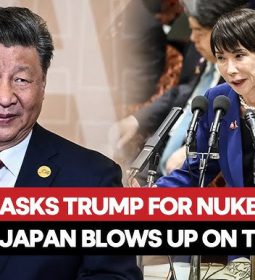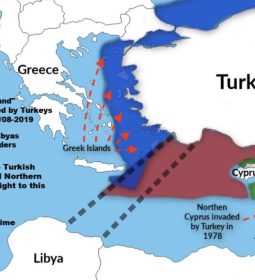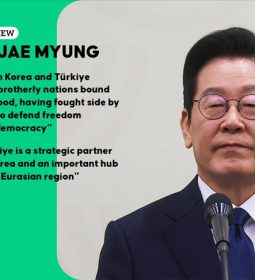Kazakhstan to sell remaing Rare Earth deposits to US and Chinese corporations
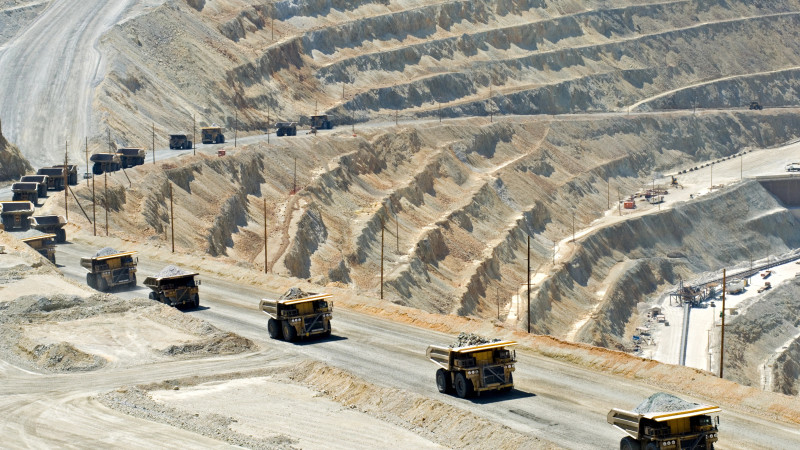

Image: TCA, Stephen M. Bland
Kazakhstan ranks among the global leaders in proven rare earth metals (REM) reserves. Until recently, this fact was often accompanied by the familiar phrase “underutilized potential.” Today, the country is rapidly shifting from being a raw material supplier to a strategic actor capable of influencing critical material supply chains.
Amid intensifying global competition for resources, Kazakhstan is steadily establishing itself in the rare earth market. Central to this transformation is the state-owned mining company Tau-Ken Samruk, which is expanding aggressively both domestically and internationally.
Rare Earth Potential
Kazakhstan recently announced the discovery of a deposit containing strategically significant minerals, including cerium, lanthanum, neodymium, and yttrium, with total reserves estimated at multi-million tons. These materials are vital for modern industrial production and technological development.
To date, over 100 deposits of rare and rare-earth elements have been identified in Kazakhstan, including Kurumsak, Bala-Sauskandyk, Akbulak, Kundybay, and Verkhnee-Espe. The country currently produces 19 of the 34 known rare earth elements.
Kazakhstan possesses a unique combination of advantages: vast reserves, strategic geographic location, political stability, and a pivot toward processing and manufacturing high-value-added products.
Where once the country focused primarily on extraction and minimal processing, the current strategy is fundamentally different. Kazakhstan is now aiming to build a full-scale industrial chain, positioning itself as an alternative hub in a market long dominated by China. This is particularly notable as diversification efforts by the U.S., European Union, Japan, and South Korea have progressed slowly.
In short, Kazakhstan is quickly gaining strategic “rare earth” agency. A recent example is the case of the Severny Katpar and Verkhniy Kairakty tungsten deposits. In 2018, China’s Xiamen Tungsten expressed interest, but withdrew without signing legally binding agreements. In 2025, Tau-Ken Samruk signed an agreement with U.S.-based Cove Capital to develop the same assets.
This development underscores a larger trend: Kazakhstan is no longer viewed as a peripheral resource supplier, but rather as a contested zone in the U.S.-China competition for critical materials.
Global Expansion
According to Nurlan Zhakupov, chairman of the board of the Samruk-Kazyna sovereign wealth fund, Kazakhstan intends to deepen its involvement in the global REM market by processing not only domestic materials but also raw inputs from third countries.
Tau-Ken Samruk has launched geological exploration projects for rare earths in Rwanda and Afghanistan.
“Tau-Ken Samruk is actively engaging with foreign partners,” Zhakupov noted. “We’ve signed an agreement with a Rwandan government agency and identified five target areas. Entry requires establishing a joint venture with a Rwandan state-owned company.”
Africa is emerging as a significant REM source, with countries like Burundi already engaging in commercial mining. British firm Rainbow Rare Earths began operations at the Gakara mine in 2017.

Kazakhstan’s exploration efforts in Rwanda aim to secure raw inputs for domestic processing. Collaboration with Rwanda’s Mines, Petroleum and Gas Board includes evaluating beryllium sales for Kazatomprom.
During his official visit to Kazakhstan, Rwandan President Paul Kagame expressed interest in Kazakhstani technologies, particularly in energy, mining, and mineral processing.
However, operations in Africa come with risks. Rwanda and the Democratic Republic of Congo only signed a peace agreement in June 2025 under U.S. auspices. The accord reportedly granted American access to the region’s strategic minerals, including coltan and cobalt, but in Rwanda, activities remain exploratory and constrained by security conditions.
Afghanistan also holds significant REM reserves, including lanthanum, cerium, neodymium, lithium, and copper. Kazakhstan has expressed interest in exploring these resources. According to the U.S. Geological Survey, Afghanistan’s mineral wealth may be worth $1 trillion to $3 trillion, with REM reserves alone estimated at around 1.4 million tons. One of the largest deposits is in Khaneshin, Helmand Province.
Nevertheless, political instability, rugged terrain, and inadequate infrastructure continue to hinder extraction efforts.
“We are also working in Afghanistan. We’ve taken samples from two areas with promising geological results. While extraction is not yet under discussion, we’re in dialogue with potential local partners regarding licensing,” Zhakupov stated.

Kazakhstan may face competition in Afghanistan. In May 2025, Russian Deputy Prime Minister Alexei Overchuk announced Moscow’s readiness to support REM extraction in the country, including conducting comprehensive geological surveys.
The U.S. has also maintained interest. In 2017, then-President Trump and Afghan President Ashraf Ghani discussed the potential American development of Afghan REM resources. Those talks stalled following the Taliban’s return to power.
Despite the high risks and modest short-term gains, experts suggest Kazakhstan will continue to pursue a long-term strategy. This includes integrating geological exploration, processing, and international cooperation to bolster its global REM standing.


